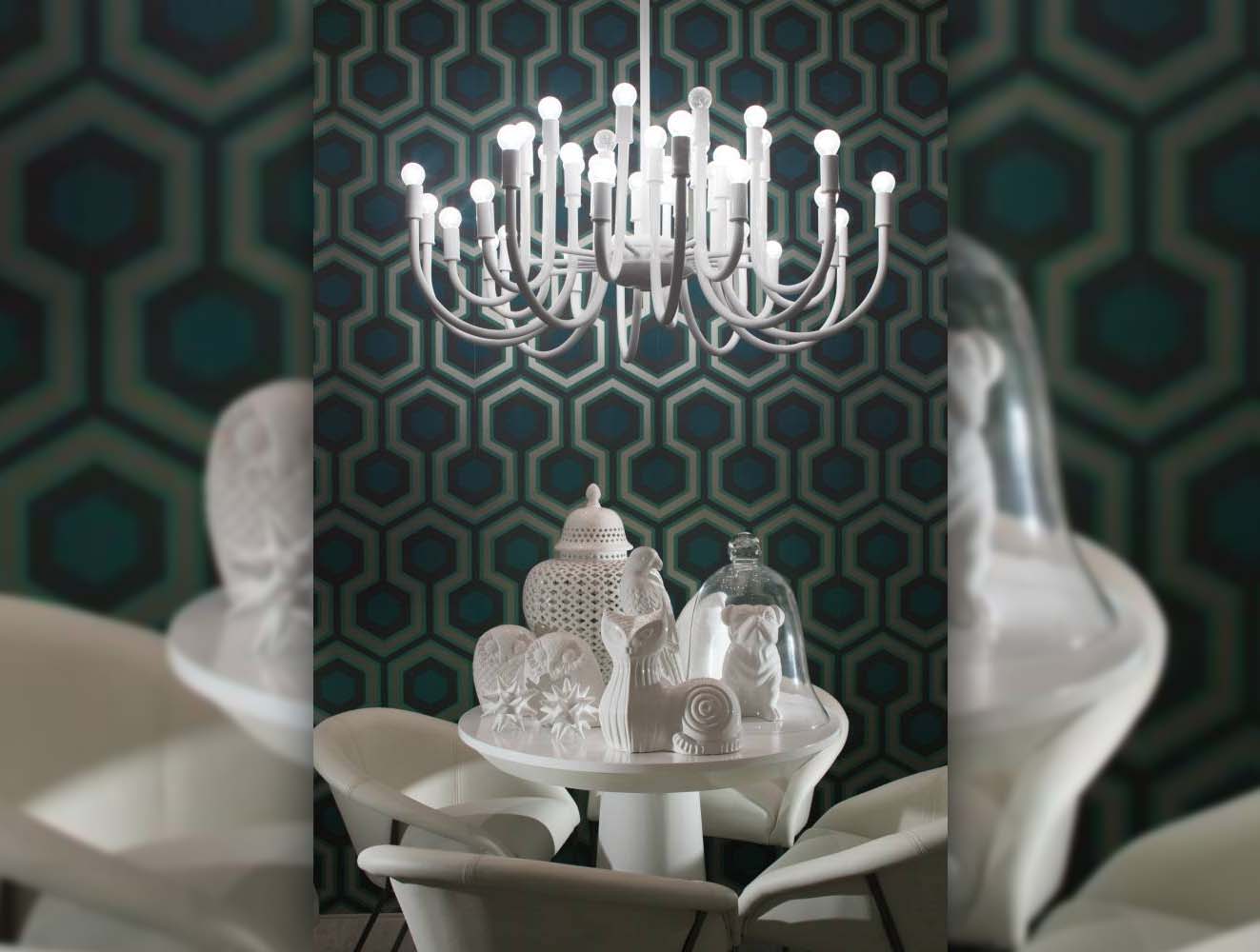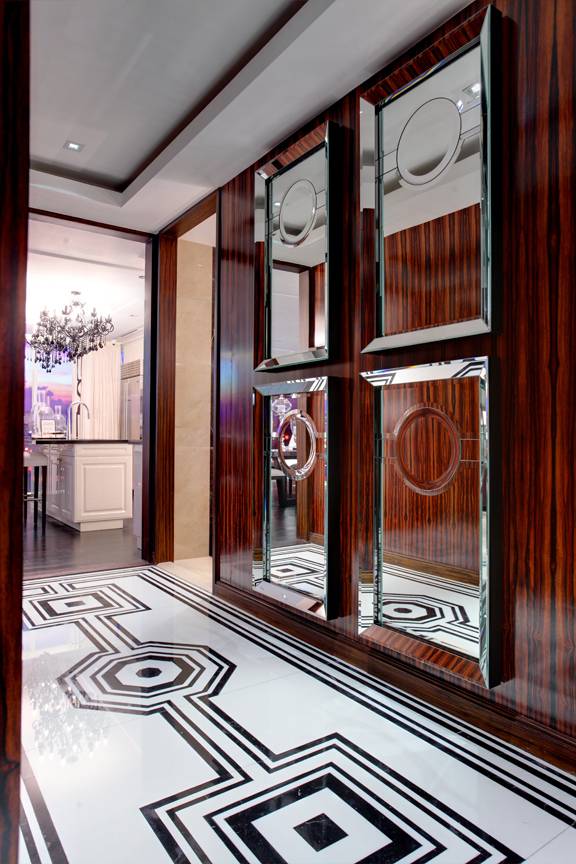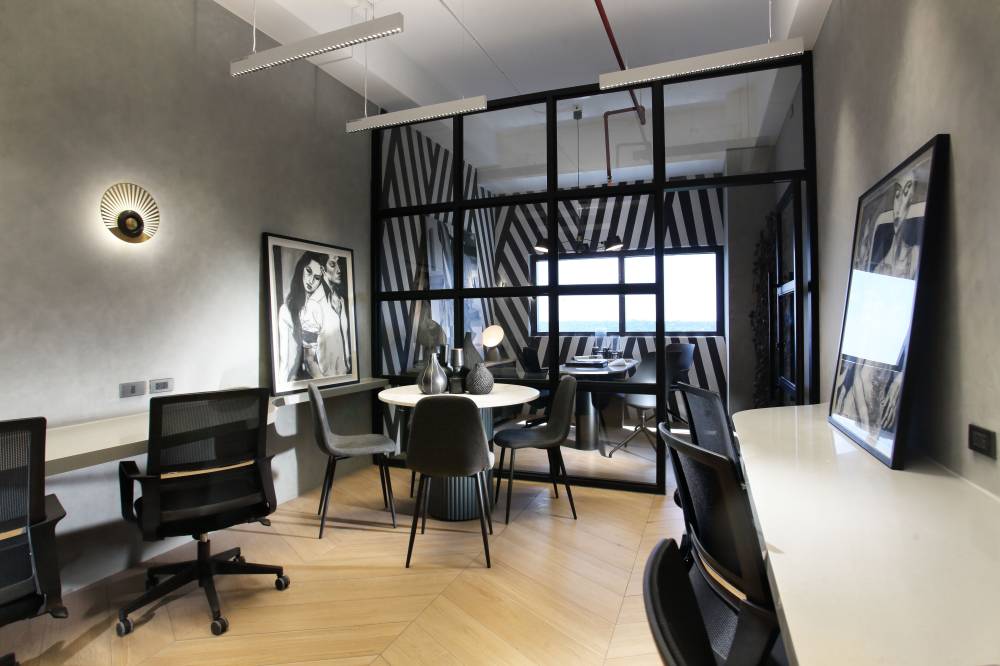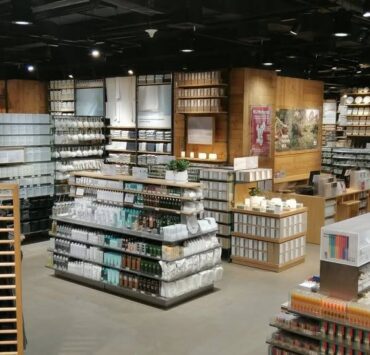Interior design styles we all need to know

A knowledge of different interior design styles is essential before building your home. It makes the process more creative, enjoyable, and collaborative—and saves your interior designer a lot of heartaches.
At the same time, understanding these design styles will make everyday activities like home repairs, décor shopping, museum visits, and even lunches with friends more interesting.
I do believe though that interior design also has a lot to do with instincts, breaking rules, and developing your own style process.
Palm Beach
The name alone suggests a coastal approach that’s why it adapts to our Philippine setting. It suggests a bright, sunlit space that maximizes natural light. It is also influenced by designer Lily Pulitzer’s cotton dresses with different palm prints.
The Palm Beach style is sea-inspired so the theme uses a lot of blues, aquas, corals, greens, colorful prints and playful silhouettes.
The finishes use a lot of texture—abaca, seagrass, glazed tiles, antique influences with matte finishes, modern furniture with traditional touches, tropical accents, cane weave, bamboo, seashells, lucite, wallpaper with Greek key or geometric patterns, animal print in soft colors, funky shaped mirrors in light colors, trellis details, wall sconces, chandeliers with shell details, lacquer and more!
The lanai is always filled up with furniture with these details as well. Don’t forget the ceramic stool with the right cocktail!

Bohemian
This style combines different global influences, making it seem well put together.
This approach takes time to develop and is highly personal. It involves curating items from your travels, meaningful gifts, memorabilia, inherited heirlooms, early auction finds, and more.
A lot of bohemian influences can be found from famous fashion designers such as John Galliano, Christian Lacroix, and Iris Apfel. They have a vast collection of beautiful things well put together—vintage, antique. Some can be very expensive. Some can be not so expensive but meaningful.
The common denominator is a thoughtfully curated collection—free of rules, unconventional, nonconformist, open-minded, and relaxed.

Art Deco
This design style is an offshoot from the 1920s.
The look is geometric. Materials are rich with marble, mirror, glass, lacquer and bold colors. The patterns have chevron details, sometimes used for flooring; sunburst motifs in different shapes used for chandeliers or wallpaper; and beautiful wood veneers in ebony, exotic skins on furniture, and jewel-toned fabrics.

Neo-industrial
This design style combines the raw industrial design with softer elements such as soft upholstered furniture and warm finishes to create a cozier mood. This is the more sophisticated sister of the old industrial “coffee shop” look.
The finishes are exposed. The columns and beams can be unrefined and rustic. To balance it out, copper or black mirrors can be used as a foil for an accent wall, soft leather for furniture, and some natural fabric for other pieces can be added to warm the interiors.
Neutrals can be used. Modern furniture with plush proportions are used to give the look of comfort, floor lamps with big shades, covered bulbs, and area rugs. The big chandeliers can be more industrial, or you can do the opposite.
Take advantage of the high ceiling to showcase your solid wood pieces—now is the perfect time to let them shine.
The author is the founder of Chat Fores Design Studio, an executive director at the Philippine Institute of Interior Designers (PIID), and a member of the Advisory Board of the College of Architecture and Design of Enderun College

















